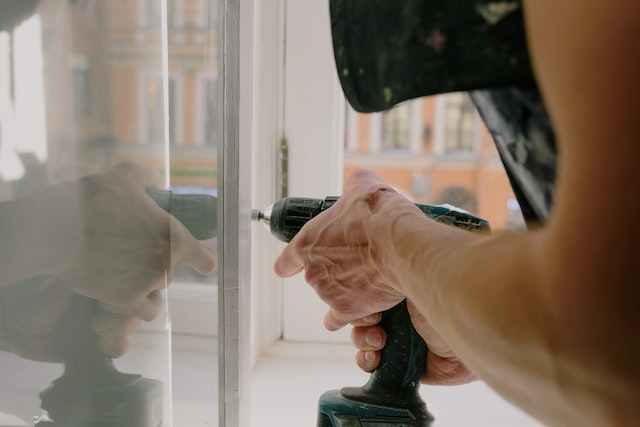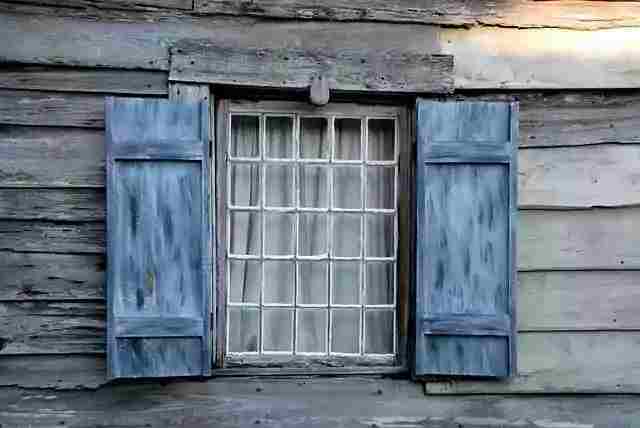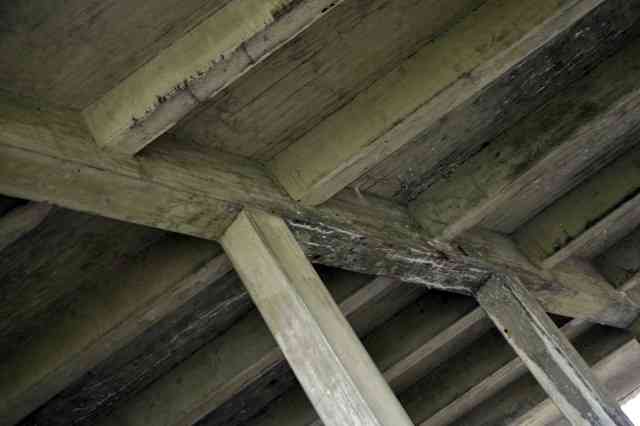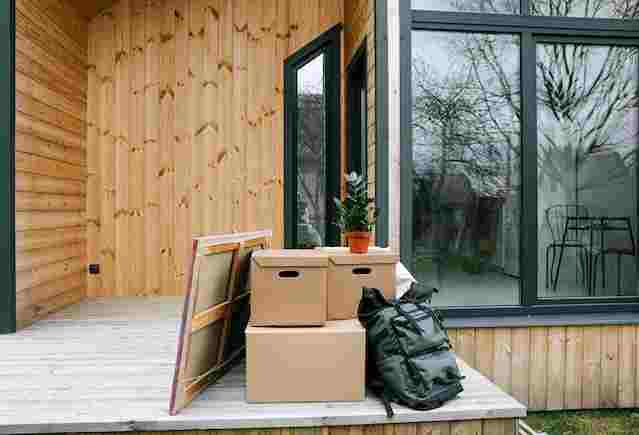If you are like me and have been looking for ways to improve your home but do not have the budget, take heart! There are a number of programs that can help you with your project. In fact, some of these programs offer grants specifically for seniors who want to repair their homes. These grants can be great because they give you access to funding that most people do not think about when it comes to home repairs: money from the government!
Grants For External and Internal Home Repair For Seniors
Grants for roof replacement: The Federal Housing Administration (FHA) may provide low-interest loans to seniors who want to replace their roofs. This can be a great way for you to take care of your home and still save money.
Grants for window replacement: If you have old windows that do not meet current energy efficiency standards, then replacing them is not just going to be an expense-it will also help improve the comfort of your home. There are window replacement grants available from organizations like The Department Of Energy And Climate Change (DECD), which offer up to $5 million in funding through 2020!
Grants For Home Furnace Replacements: If you are looking into getting a new furnace for your house this winter season but are not sure about how much it will cost, check out these grants from National Grid Gas Inc., which provides financial assistance toward installing or upgrading residential heating and cooling systems in New York City areas with high heating costs.
The Age-Friendly Communities Grant Program
The Age-Friendly Communities Grant Program is a grant program specifically designed to help senior citizens who are looking to make repairs or upgrades to their homes. It is funded by the U.S. Department of Health and Human Services and provides funds to communities in order to assist them in creating age-friendly policies and programs that support seniors in their community.
This grant program can be used to improve housing for elderly residents and can provide funds for repairs or remodeling projects such as kitchen and bathroom renovations, heating and cooling systems, energy efficiency improvements, and home safety features.
The grant can also be used to purchase appliances and furniture, install wheelchair ramps or other accessibility features, and make other home improvements to ensure the safety and comfort of seniors in their homes.
The Senior Citizens Homeownership Assistance Program
Are you a senior citizen looking for assistance in repairing your home? The Senior Citizens Homeownership Assistance Program (SCHAP) may be able to help. This program provides grants to help with roof replacement, window replacement, door repair, heating and cooling repairs, and insulation. These types of repairs are essential for senior citizens to remain comfortable in their homes.
Eligibility for this program is determined by an applicant’s annual household income and the cost of the repairs needed. You must also own and occupy the home in which you are requesting assistance. The maximum amount of funding available to each applicant varies based on need and other factors.
You can apply for the SCHAP grant through your local housing authority or other approved organizations. There may be additional requirements that you must meet in order to qualify for the grant, so make sure to research all of the details before applying.
If you have any questions about the SCHAP grant, contact your local housing authority or approved organization to learn more.
The Housing and Urban Development Grants
If you are looking for home repair grants, the U.S. Department of Housing and Urban Development (HUD) has a number of programs available for seniors. These include grants for roof replacement, window replacement, door repair, heating and cooling, home insulation, and more.
HUD provides home repair grants to low income seniors, who may be eligible for up to $7,500 in assistance. For those who do not qualify for a grant, HUD may offer a loan or other financial assistance.
The application process is simple and straightforward, and applicants must meet certain requirements to be eligible. The specific requirements vary based on the type of home repair being done and the income level of the applicant. For example, HUD requires that a home must be at least 10 years old before any repairs can be made with a grant.
In addition to home repair grants, HUD also offers housing assistance programs, such as the Section 8 voucher program, which helps low-income seniors find and maintain safe and affordable housing.
HUD is committed to helping senior citizens improve their homes and remain independent. If you are looking for assistance with your home repair projects, check out the options available through HUD.
The United States Department of Agriculture Grants
The United States Department of Agriculture (USDA) offers several different home repair grants for senior citizens. These grants are available through USDA Rural Development and can be used to assist with repairs to existing homes or new construction.
The USDA provides two types of home repair grants for seniors: the Section 504 Home Repair Program and the Very Low-Income Housing Repair Program. The Section 504 Home Repair Program provides loans and grants to help very low-income homeowners repair, improve, or modernize their homes. This program is designed to address health and safety issues as well as to improve the energy efficiency of the home. Eligible expenses include roof replacement, plumbing and electrical repairs, and insulation upgrades.
The Very Low-Income Housing Repair Program provides grants to low-income elderly homeowners in rural areas to repair and improve their homes. The grant covers up to $7,500 of repairs, but the amount can vary depending on the extent of the work required. Eligible expenses include removing health and safety hazards, repairing roofs, walls, and plumbing, installing heating systems, and making accessibility improvements.
If you are a senior citizen looking for assistance with home repairs or improvements, be sure to check out the grants offered by the USDA. With these grants, you may be able to make your home safer, more comfortable, and more energy efficient.
The Federal Emergency Management Agency Grants
The Federal Emergency Management Agency (FEMA) offers grants for home repair assistance to seniors. These grants can be used to help seniors repair or replace damaged or destroyed homes, and the assistance is provided through the Individuals and Households Program (IHP).
FEMA grants are available to seniors who meet certain criteria, including having a household income at or below 200 percent of the Federal Poverty Level (FPL). The funds can be used to repair or replace housing damaged or destroyed as a result of a natural disaster such as a hurricane, flood, wildfire, tornado, or earthquake. They can also be used to repair damage from other causes such as power outages or water main breaks. Grants may cover costs such as debris removal, temporary housing assistance, and home repairs.
To be eligible for a FEMA grant, seniors must provide proof of ownership and occupancy of their damaged or destroyed home and show that they are unable to afford the necessary repairs. If you think you might qualify for this grant, you should contact your local FEMA office for more information.
Section 504 Home Repair Gran Programs
The Section 504 Home Repair Gran Program is a grant designed to help low-income senior citizens with the necessary repairs and improvements to their homes. This grant helps cover the cost of necessary home repairs and modifications that are needed in order to make the home more safe, accessible, and livable. It can help with repairs such as installing handrails, weatherizing the home, or making any modifications that will improve the safety of the home.
This grant is available to low-income senior citizens who are at least 62 years of age and own their home. Eligible applicants must meet certain income guidelines and must use the funds for eligible repair and improvement expenses. In addition, applicants must provide proof of homeownership, proof of ownership of the home for at least one year, and proof of citizenship or legal resident status.
The grant can provide up to $7,500 for eligible repairs and improvements, and does not have to be paid back. However, if the applicant moves out of their home within three years of receiving the grant money, they will be required to repay the grant amount.
This program is a great way for senior citizens to make necessary repairs and improvements to their homes without having to worry about the financial burden. With this grant program, seniors can feel more secure in their homes and enjoy them more safely.
















